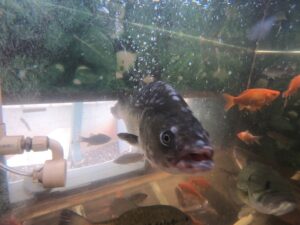What Is Sooty Mold?
Sooty mold is the common name for fungi that grow on the sweet secretions left behind by sap-sucking insects that feed on your plants. As the fungi grows, they produce dark mycelial threads that look like soot. These can be small and blotchy or large, black masses that cover large areas of the foliage, stems, and in some cases, fruit and vegetable crops.
The fungi produce spores that can spread between plants via splashing water or being blown through the air. This fungi can be quite complex. Some will grow on the honeydew produced by several different kinds of insects, while other fungi are specific to particular plants or the secretions of certain insects.
In gardens, sooty mold is an unsightly cosmetic condition that usually won’t cause permanent damage to your plants, especially those that are well established, but in severe cases, the fungal growth can be so dark and so extensive that it can block sunlight from being absorbed by the leaves. If this happens, the leaves will be unable to produce adequate amounts of chlorophyll, and this can limit their ability to photosynthesize. As a result, the leaves may wilt, die, and eventually fall off the plants. In some cases, the whole plant can be killed.
Fruits and vegetables may also be affected, but these are usually still edible as long as you wash off the mold with warm water and mild soap before use.
What is it Caused From?
It is usually an indication of an infestation from insects with piercing mouthparts that feed on plant sap. These insects usually ingest much more than they can use. Unused sugars from the sap are excreted by the pests as a sweet substance known as honeydew. In some cases, honeydew can drip off the leaves and coat whatever is below and cause more surfaces to also be colonized by the fungi.
Insects that produce honeydew include:
- Aphids
- Leafhoppers
- Mealybugs
- Psyllids
- Soft Scales
- Whiteflies
(In areas that are infested with spotted lanternflies (SLF), these insects can be present in such large numbers and suck so much sap that they produce enormous amounts of honeydew that can result in severe cases of sooty mold.)
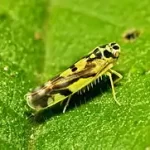
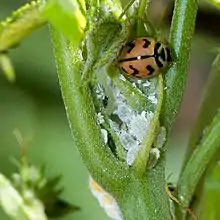
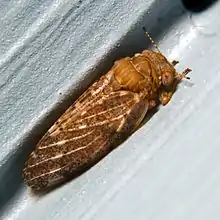
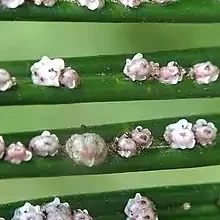
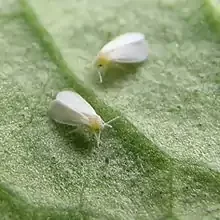

How to Control Sooty Mold
You can usually solve sooty mold by taking steps to control the insect infestation. By controlling the insects that produce honeydew, you cut off the food source for the fungi and the sooty mold will typically disappear on its own.
1. Control Insects That Produce Honeydew.
In the case of aphids, whiteflies, and softscale, something as simple as using a strong blast from a hose to dislodge the pests from the plant can do the trick. You can also use insecticidal soap, neem oil, or horticultural oils.
If the insects are limited to a small part of a shrub or tree, you might be able to get rid of them by carefully pruning out the infested area.
Note: Treatment with fungicides is not recommended. Fungicide applications may kill the fungi and reduce the spread, but will not remove the black coating from the plant or prevent a future outbreak.
2. Wash Sooty Mold Off the Plants
If the outbreak is not extensive, you can use soap and water to wash the black coating off your plants.
We advise making a solution of one tablespoon household detergent and a gallon of water. Spray the mixture on the affected areas of your plants. After 15 minutes, use a strong stream of water to wash off the detergent solution. You may have to do this several times over the course of several weeks.
Good gardening practices can help to prevent the pest infestation that can lead to an outbreak of sooty mold. This can include growing a variety of different plants to create a favorable habitat for beneficial insects that predate on the pests and implementing integrated pest management practices.
Some plants that are good for deterring insects are:
- chives
- dill
- oregano
- nasturtiums
- marigolds
- geraniums
- garlic


